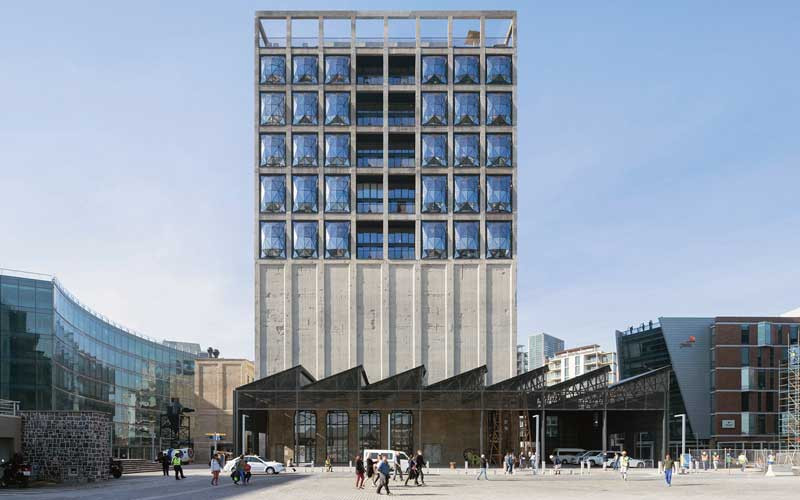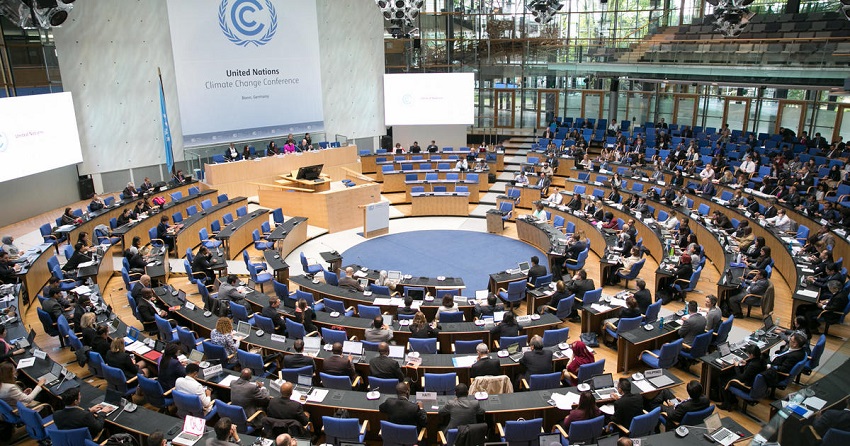Sweden supports Harare’s waste management initiative
Green building, sustainability and ESG practices in real estate
‘Adopt green buildings to lower cost of living’
Green Buildings, energy efficiency and economic development: The Nexus
Climate change stands in Zimbabwe’s path to success
Zim’s real estate industry shaking off Covid clouds
‘World on fire’ as industries dilly-dally on climate change
Addressing Zim’s water challenges through green buildings
Contextually, the Sadc region continues to suffer from the effects of climate change, and Zimbabwe has not been spared by the temperature extremities and rainfall variabilities that often precipitate into droughts. This has created a water crisis, both in urban and rural areas, further exacerbated by water leakages, contaminations, and inefficiencies in our traditional water systems.
COP27: Zimbabwe’s opportunity to shine
Speaking on the occasion of the 26th United Nations Climate Change Conference (COP26) in Glasgow, President Emmerson Dambudzo Mnangagwa highlighted the benefits of integration amongst Sadc member states, including guaranteeing food security, energy efficiency, and economic prosperity. To demonstrate Zimbabwe’s commitment to climate action, His Excellency also shared his government’s greenhouse reduction targets by the year 2030.















